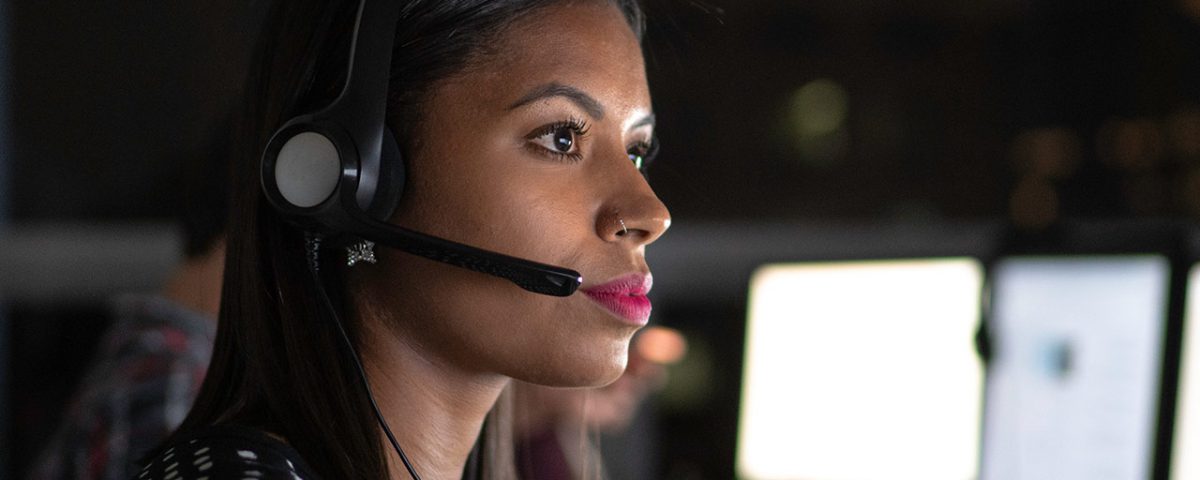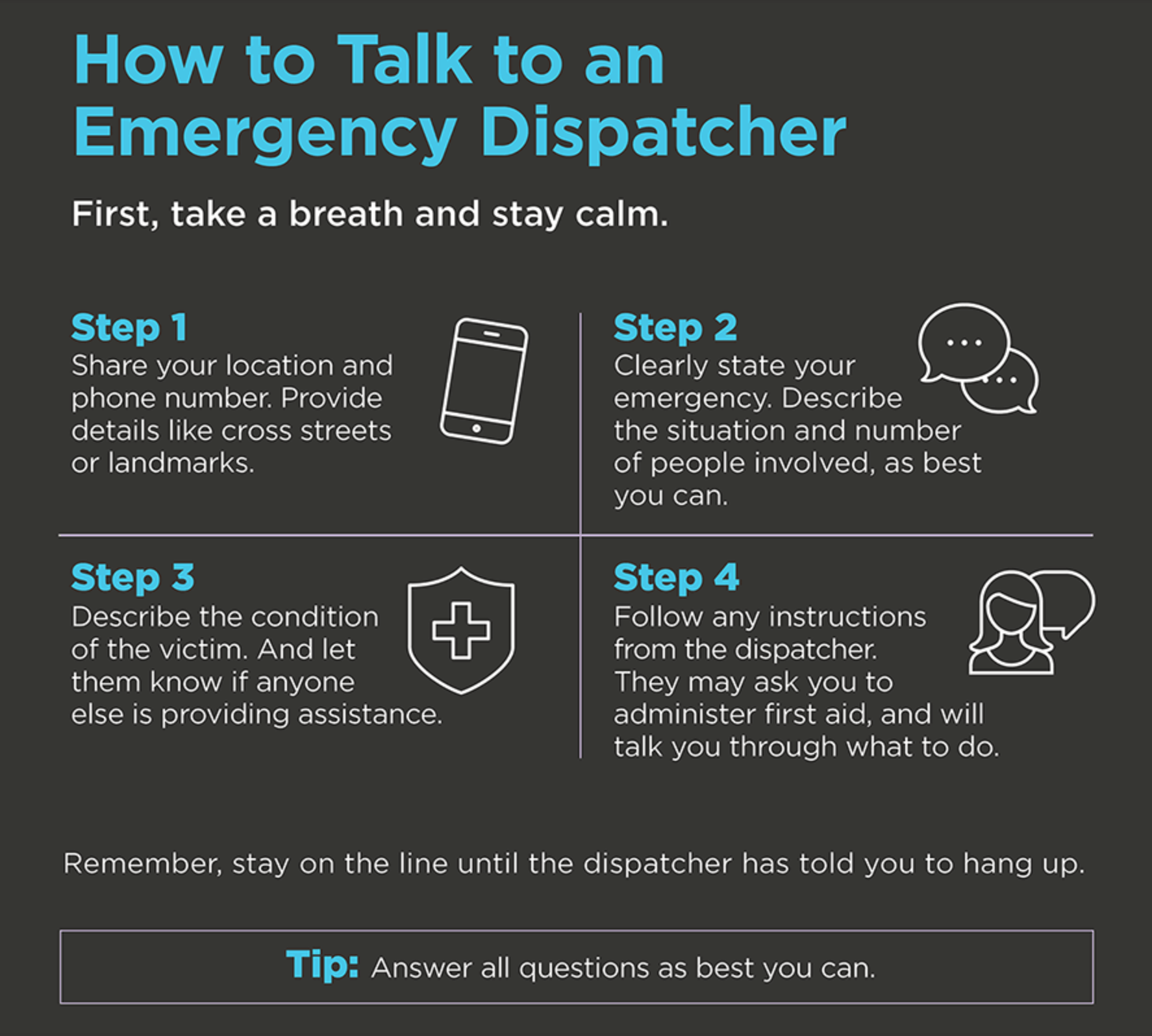- Have any questions?
- 412-123-4567
- noreply@upmc.com
You Need to Call 911 — Now What? How to Talk to the Emergency Dispatcher

“911, what is the address of your emergency?” Those are the words you’re likely to hear when you dial 9-1-1. What should your response be?
First, take a deep breath and stay calm. 911 dispatchers are trained to calmly and effectively gather information and assess emergency situations so that they can send the right medical, fire, or law enforcement professionals to the scene.
Next, tell the dispatcher where you are, what is happening or what type of responder you need, and give as much detail as possible about your location and the number you’re calling from. This is important because according to the National Emergency Number Association (NENA), more than 80 percent of 911 calls are made from cell phones, and emergency calls are just as prone to drops, outages, caller-ID confusion, and other wireless phone issues. Calls to 911 from a cell phone also are not associated with a specific address like landlines, so they can be difficult to track.
By clearly stating your location (or a solid address if possible), emergency/what kind of emergency responder you need, and your phone number, the 911 operator can dispatch emergency responders to your location or call you back if the call drops. You might say, “I need an ambulance. I’m at the corner of Grant Street and Fifth Avenue in downtown Pittsburgh. I’m calling from a cell phone and the number is 412-555-5555.”
NOTE: Even after help is on the way, the 911 dispatcher will continue to ask you questions. This helps them further assess the situation and pass details along to the first responders en route to you. They will also support you and help you manage the situation until help arrives.
Next, you should state your emergency. Did someone fall and hit their head? Does the victim have a bullet wound? What caused the emergency and how many people are injured?
Describe the situation as simply as possible. For example, you might say:
- “There’s been a bike rider hit by a car.”
- “A woman is in cardiac arrest in our office.”
- “A man has overdosed in our restroom.”
The dispatcher will ask the condition of the victim. To the best of your ability, describe the condition and location of the victim’s injury—is it on their leg, arm, or head? Tell the dispatcher:
- Whether or not the person is breathing
- If they are conscious or unconscious
- If there is bleeding

“She is conscious. She was wearing a helmet, but she’s bleeding from her head and her leg has a deep cut,” or “He’s unconscious — he’s not breathing, and his lips are blue.”
The dispatcher may ask what is happening now. Tell them if you or another witness are putting pressure on the bleeding or beginning CPR. You might say, “We’re giving her chest compressions and trying to find an AED,” or, “We have naloxone and we’re about to give it to him.”
You may be asked for a more precise description of your location. Instead of saying “We’re at the high school,” you might say, “We’re in the parking lot at the high school, on the side closest to the football field, near the access gate,” or, “We’re in the Steel Tower, on the 14th floor.”
Next, if you have not already done so, the dispatcher may instruct you on how to administer first aid—such as beginning CPR, using an AED, putting pressure on the bleeding, or administering naloxone for an overdose. Follow all instructions given to you as you wait for first responders to arrive on the scene. This may come in the form of an ambulance, a fire truck, or other nearby medical or safety professionals who have emergency medical training.
When you call 9-1-1:
- Stay calm
- Give your location, or an address if possible
- Give clear answers
- Follow directions
- Remain on the phone with the 911 dispatcher until they’ve told you it’s safe to hang up
If you follow these steps, you will not only help the victims of the emergency, but you’ll be helping to keep the situation under control and prevent others from panicking. And, you might just have helped save a life.



